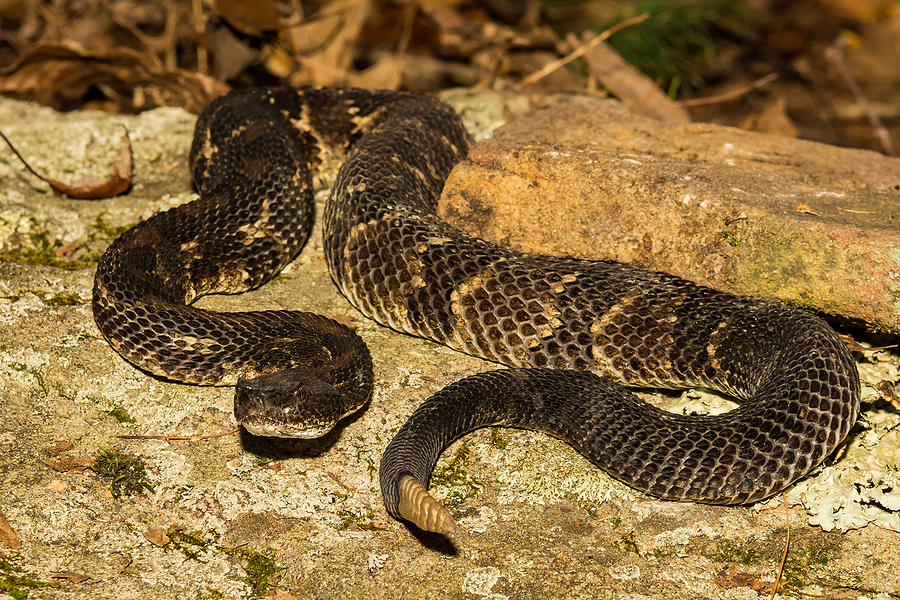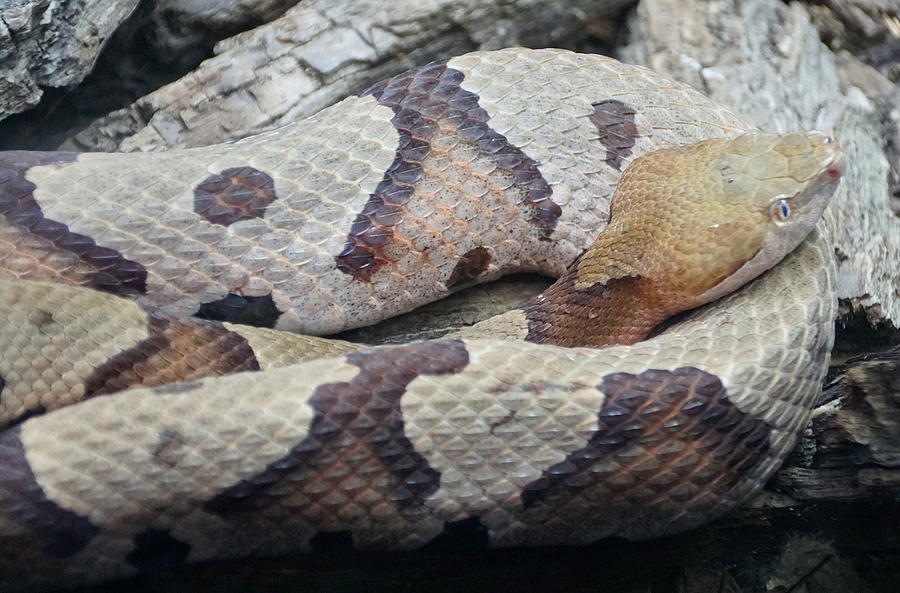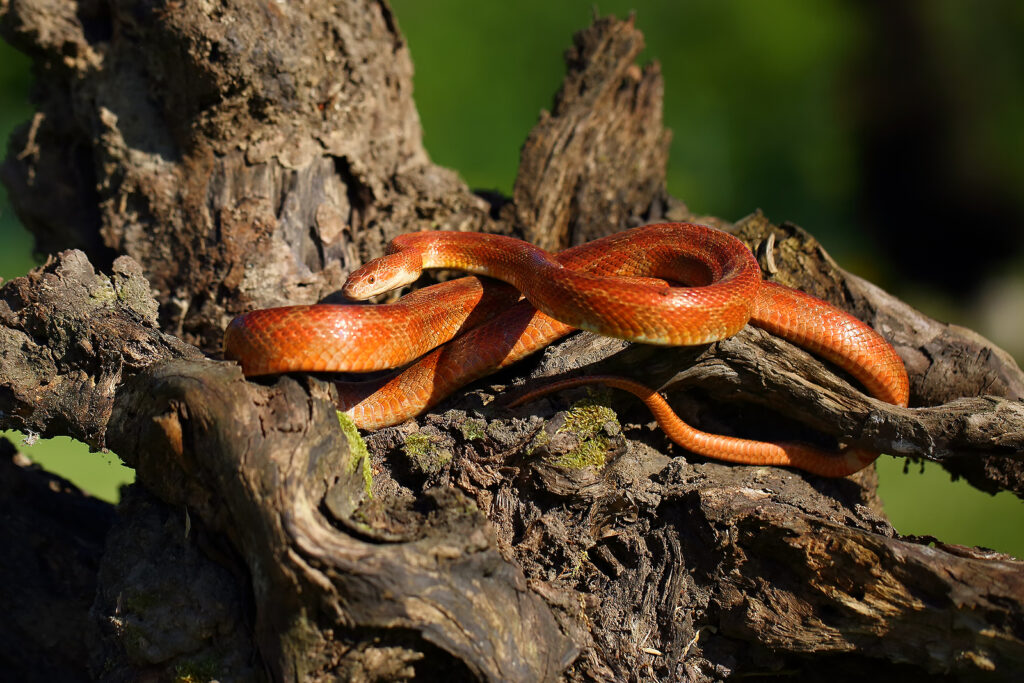Are you living in Indiana and worried about the presence of venomous snakes near your home? Snakes can be dangerous, but with the right information, you can take steps to protect yourself, your family, and pets from harm. In this blog post we’ll discuss how to identify venomous snakes found in Indiana as well as provide tips on snake removal and control. With a few simple precautions, you can help ensure that your home is safe from these potentially deadly creatures. Continue below to get started!

Difference Between Venomous and Poisonous
Venomous and poisonous are two terms that are often used interchangeably, but they are not the same thing. Understanding the difference between the two is essential, especially when it comes to safety. Venomous animals, like snakes, inject their venom directly into their prey or attacker, usually through fangs or stingers.
On the other hand, poisonous animals, like the poison dart frog, release a toxin when touched or ingested, usually through skin secretions or ingestion. It’s important to note that not all venomous animals are poisonous and not all poisonous animals are venomous. Knowing the distinction between the two can help you better protect yourself and appreciate the unique adaptations of these incredible creatures.
Two Venomous Snake Species in Indiana
There are two different species of venomous snakes found in Indiana – the Northern Copperhead (Agkistrodon contortrix mokasen) and the Timber Rattlesnake (Crotalus horridus). Both of these snakes possess a set of fangs that deliver a potentially fatal amount of venom into their prey or potential predators.
The Northern Copperhead:
▶ They are found in the eastern United States.
▶ They typically grow to be about 2-3 feet long.
▶ They are venomous, but their bites are not typically fatal to humans.
▶ These snakes typically eat small mammals, such as mice and rats.
▶ They mate in the spring and give birth to live young in the summer.
▶ The average litter size is 10-12 snakes.
The Timber Rattlesnake:
▶ A venomous snake that is found in the eastern United States.
▶ It is the largest venomous snake in the U.S., with adults reaching lengths of up to 6 feet.
▶ It is a pit viper, meaning that it has heat-sensing pits on its head that it uses to locate prey.
▶ It is considered to be endangered in some states due to habitat loss and extermination.
▶ It is capable of delivering a large amount of venom with each bite.
▶ Bites from this snake can be fatal to humans if not treated promptly.
How to Spot Them
Fortunately, there are some clear physical characteristics you can look for to help you identify which type of snake you have encountered. Copperheads often have distinctive dark brown/red crossbands along their back, while timber rattlesnakes have large diamond-shaped patterns on their back with alternating light and dark rings. It is important to note that all nonvenomous snakes also have patterns on their backs, so you’ll want to look closely at any snake you encounter and be sure you can identify the difference.

Safety Tips For Unexpected Snake Encounters
If you come across a venomous snake in your yard or near your home, it is important to take immediate action to keep yourself and your family safe. Snake removal should be done carefully by trained wildlife control professionals who understand how to safely remove snakes from an area without causing harm. If you are unable to find a professional service in your area, there are also some DIY snake control methods available as well. No matter which method of removal you choose, it is always best practice to exercise extreme caution when dealing with any type of reptile – venomous or not. Wearing thick gloves, long pants, and closed-toe shoes is recommended. Additionally, it’s important to make sure that your pets are kept away from any snakes in the area – even if they appear harmless.
Outsource Professional Snake Removal and Control
By taking the time to educate yourself on how to identify venomous snakes found in Indiana and properly remove them from your property, you can help ensure a safe living environment for yourself and your family. Be sure to contact professional Indianapolis snake removal services if needed and always exercise caution when dealing with these creatures. With the right knowledge and care, you can avoid potential harm from venomous snakes in Indiana.
Are snakes becoming a nuisance around your residential or commercial property in Indiana? Contact Budget Animal Removal at 317-875-3099 for DNR licensed and insured snake removal and control in Indianapolis and its surrounding counties. We guarantee to fit your budget for safe wildlife control. Request a free estimate or advice, today!
Related Posts:
The Most Effective Strategies to Get Rid of Snakes
Fundamental Facts About Corn Snakes in Indiana
Top Nuisance Animals to Watch Out For in the Summer


